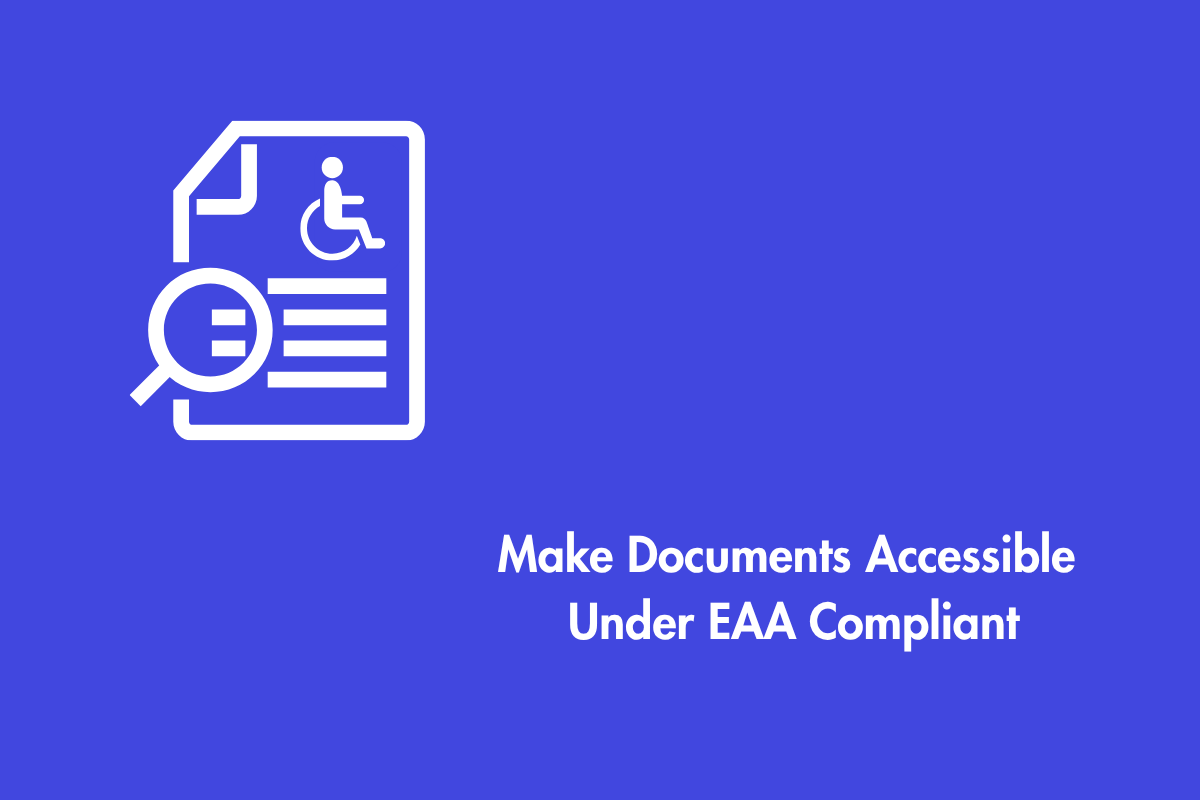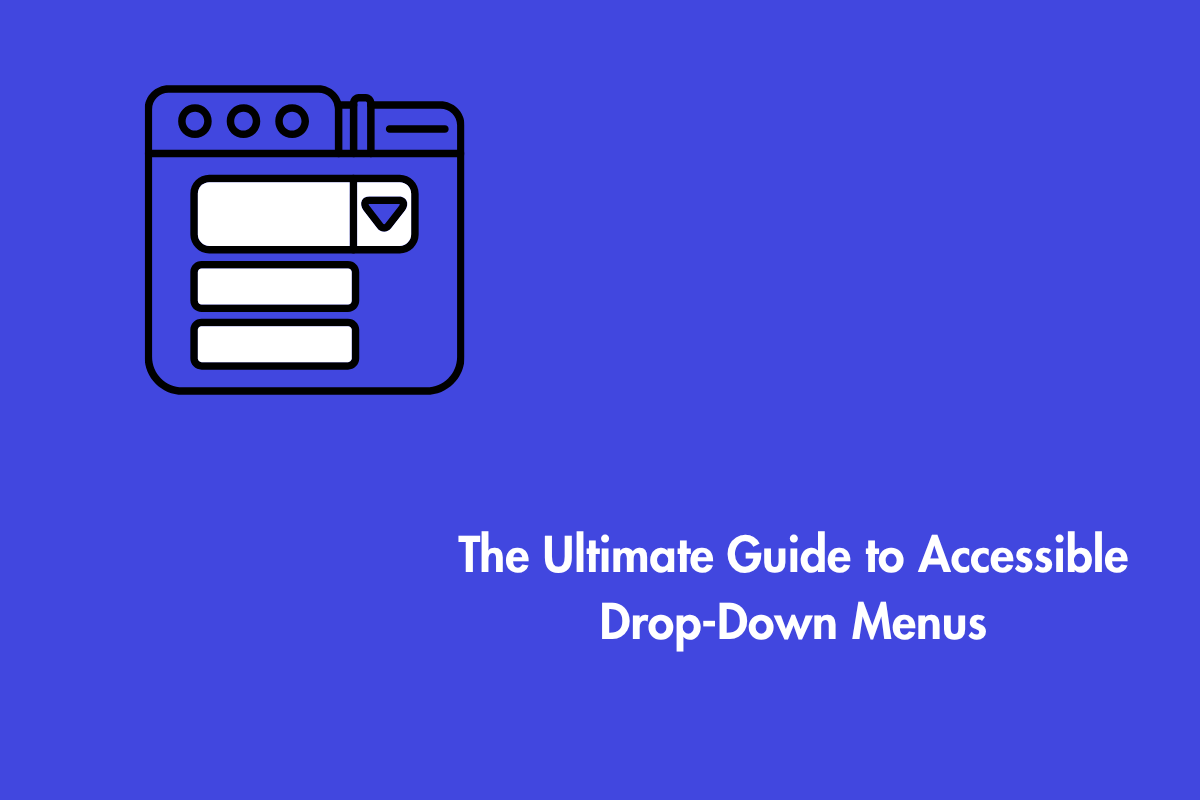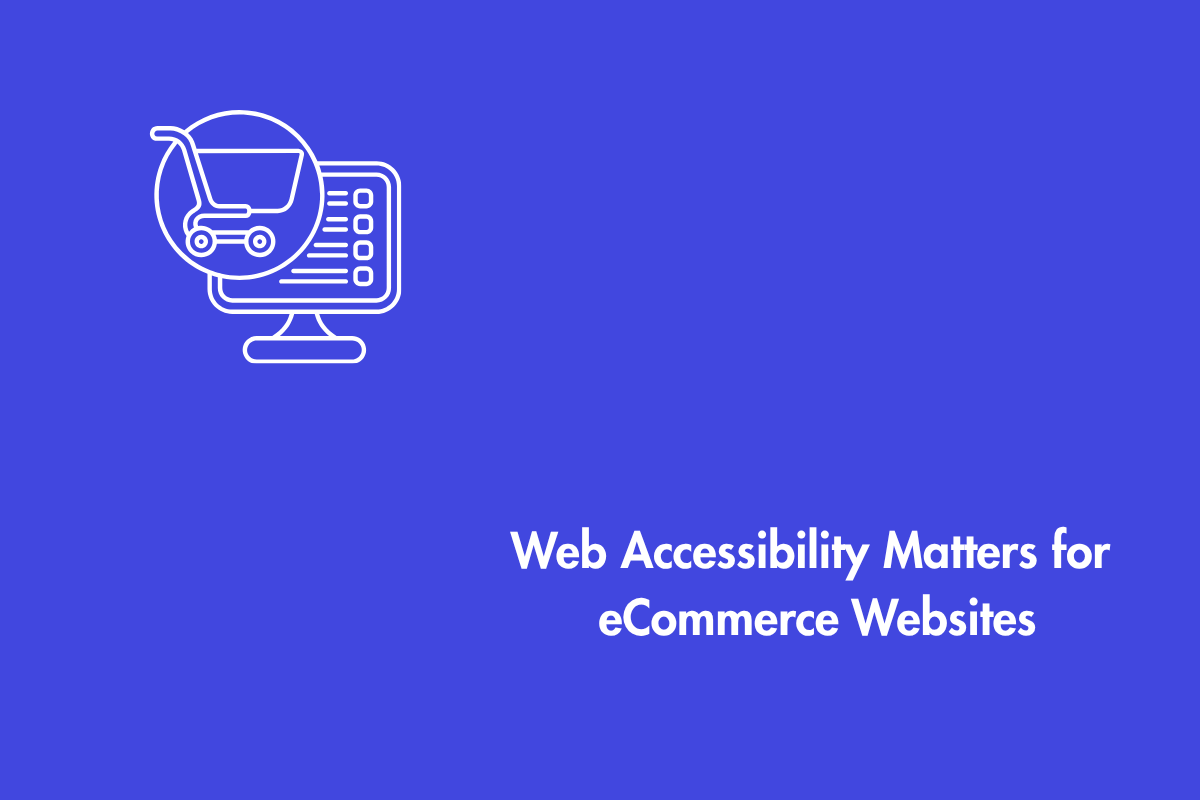The Web Accessibility Initiative (WAI) is an international initiative by the World Wide Web Consortium (W3C) to promote accessibility for people with disabilities. WAI creates guidelines, technical specifications, best practices, and resources to make websites, applications, and digital solutions accessible to all users with or without disabilities, per the UN Convention on the Rights of Persons with Disabilities.
The W3C (established in 1994) works to improve the web for everyone by establishing common standards for accessibility, usability, and interoperability. The guidelines are produced in collaborative working groups and implemented with openness, transparency, and agreement. This blog will explore the basic concepts of the Web Accessibility Initiative.
Table of Contents
WAI’s Core Principles
WAI’s core principles are based on universal design, which is the design of products and environments to be usable by all people, to the greatest extent possible, without the need for adaptation or specialized design. WAI’s core principles are summarized by the P.O.U.R: Perceivable, Operable, Understandable, and Robust.
- Perceivable: Information and user interface components must be presented in ways that users can perceive through their available senses. For example, providing text alternatives for non-text content, captions for audio content, and sufficient contrast for visual content.
- Operable: User interface components and navigation must be operable by users through their available input methods. For example, providing keyboard access for all functionality, enough time for users to complete tasks, and ways to bypass repeated content.
- Understandable: Information and user interface components must be understandable by users through their available cognitive abilities. For example, providing clear and consistent labels and instructions, predictable and consistent navigation and functionality, and ways to prevent or correct errors.
- Robust: Content must be robust enough to be interpreted reliably by various user agents and assistive technologies. For example, using valid and well-formed code, following standards and conventions, and providing ways to identify the human language of content.
Other WAI Resources and Guidelines
In addition to WCAG, WAI provides other resources and guidelines to support web accessibility. Some examples are:
- Authoring Tool Accessibility Guidelines (ATAG): Guidelines are being developed to enhance the accessibility of authoring tools like content management systems, web editors, and blogging platforms for authors with disabilities.
- Accessible Rich Internet Applications (ARIA): A technical specification that defines a set of attributes and roles that can enhance the semantics and accessibility of web content, especially dynamic and interactive content, such as menus, tabs, dialogs, and widgets.
- Web Accessibility Tutorials: Tutorials that provide practical guidance and examples on implementing web accessibility techniques and best practices for different types of web content and components.
- Web Accessibility Evaluation Tools List: A list of tools that can help evaluate the accessibility of web content against WCAG and other standards.
- Web Accessibility Perspectives: A series of videos demonstrating the benefits of web accessibility for users and situations.
The Role of Assistive Technologies
Assistive technologies are software or hardware devices that help people with disabilities access and interact with web content. Some examples of assistive technologies are:
- Screen readers: Screen readers are software that reads text, links, images, and form fields, providing keyboard commands for web navigation and operation, especially useful for those with low vision.
- Screen magnifiers: Screen magnifiers are software that enlarges text, icons, cursors, and menus, providing contrast and color adjustments for improved readability, especially useful for people with low vision.
- Speech recognition: Speech recognition software enables users to control computers and web content using voice commands, particularly for those with physical or motor impairments that restrict keyboard or mouse use.
- Eye tracking: Eye tracking hardware converts the user’s eye movement into cursor movement or selection and is used by individuals with severe impairments who cannot use keyboards or mice.
- Switch access: Switch access is hardware or software that enables users to control computers and web content by pressing a single button or switch, often used by individuals with severe physical or motor impairments.
Involvement of Stakeholders
Some examples of stakeholders are:
- Developers and Users: Users with disabilities can provide feedback on their web accessibility needs and challenges, while developers can adhere to WCAG and WAI guidelines to enhance accessibility in web content such as websites, applications, documents, images, videos, and audio.
- Designers: People who design the visual appearance, layout, interaction, and user experience of web content. Designers can apply universal design principles and WAI guidelines and resources to make their web content more usable and appealing for users with disabilities.
- Policymakers: People who enforce laws, regulations, policies, and standards regarding web accessibility and disability rights. Policymakers can use WAI policy resources and guidance to adopt and implement web accessibility policies and legislation.
Impact of WAI on Real-Life
WAI has significantly improved the accessibility and usability of the web for people with disabilities and others. Some examples of the impact of WAI are:
- Web accessibility promotes social inclusion and participation for people with disabilities in education, employment, entertainment, communication, and civic engagement through online courses, job applications, and voting, enhancing user experience and satisfaction.
- Web accessibility enhances the reach and impact of web content and services, reaching a wider audience across various regions, cultures, languages, and markets.
- Web accessibility reduces costs and risks in development and maintenance, prevents legal issues, and enhances content quality and performance.
Challenges and Future Directions
Web accessibility faces numerous challenges and opportunities, including adapting to rapid technological advancements like AI, augmented reality, and blockchain, ensuring accessibility for disabled users, addressing gaps in web accessibility standards across various sectors, increasing awareness among stakeholders, and fostering a culture of accessibility and inclusion in the web community. Collaboration among organizations like W3C, WAI, WebAIM, IAAP, G3ict, and DAISY is also crucial to advancing web accessibility. By addressing these challenges and fostering a culture of inclusivity, web accessibility can be made more accessible and inclusive for all users.
Conclusion
Web accessibility is crucial for equal opportunities in social interaction, entertainment, education, and employment through modern technologies. Companies must ensure accessibility standards to attract more users. The Web Accessibility Initiative (WAI) is a leading initiative of the W3C that develops standards, guidelines, resources, and tools to make the web more accessible for people with disabilities. WAI has significantly improved web accessibility and usability for disabled individuals. However, web accessibility still faces challenges and opportunities for improvement. Therefore, all stakeholders must collaborate to make the web more accessible and inclusive for all.



